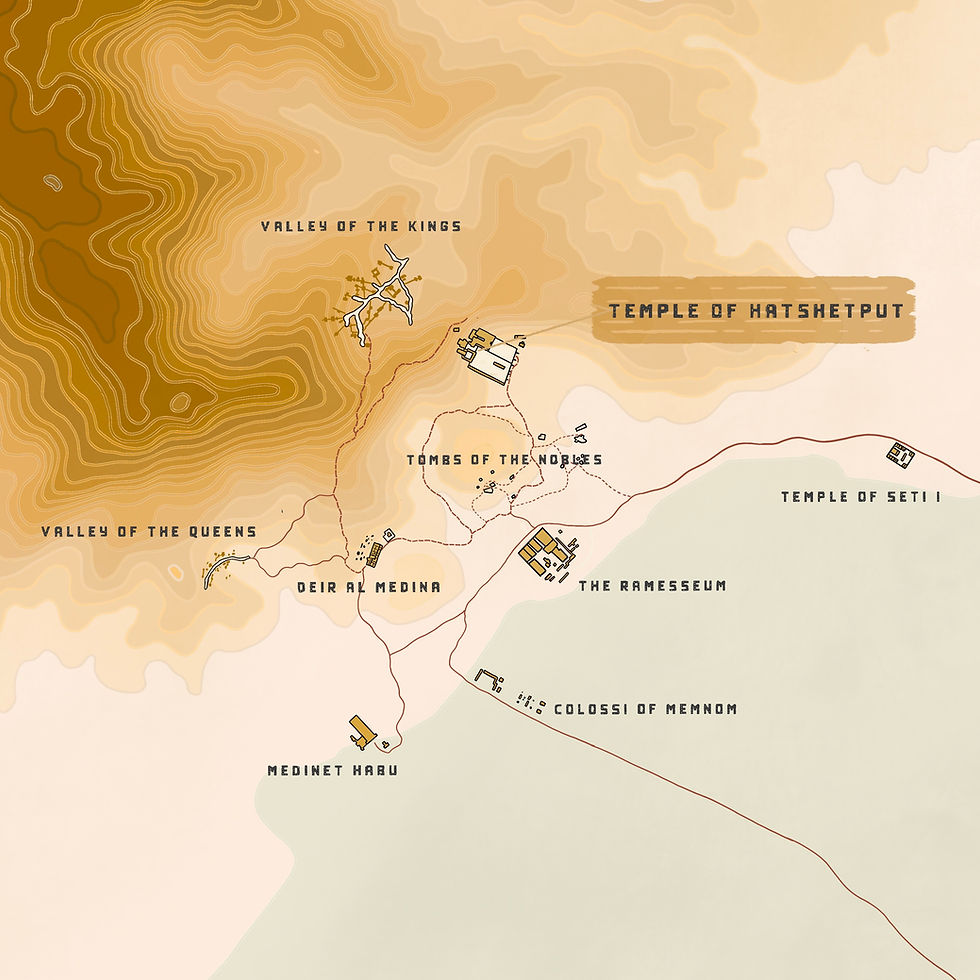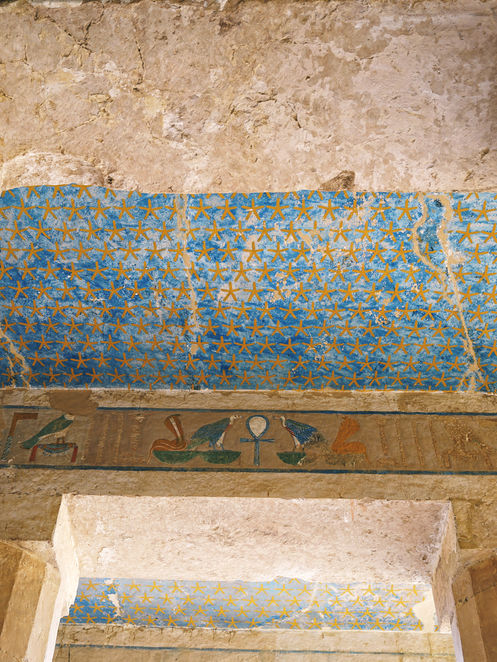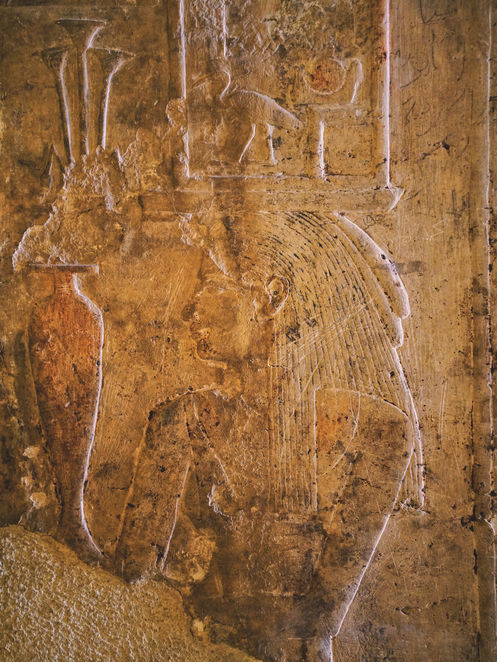
THE TEMPLE OF
HATSHEPSUT
SANCTUARY OF THE
PHARAOH QUEEN
The Mortuary Temple of Hatshepsut, standing within the cliff face of the West Bank of ancient Thebes, is one of the most ambitious constructions of the ancient world and a unique testament to the most powerful woman of antiquity.
This a three-tiered masterpiece carved directly into the towering limestone cliffs, point to the power and vision of a female pharaoh who ruled in a man's world. Designed by her brilliant architect, Senenmut (whom we believe to be Moses), it was a revolutionary design for its time, harmonizing perfectly with the dramatic natural amphitheater that cradled it. Dedicated to Amun-Ra, the chief god, and serving as her funerary monument, it was meant to proclaim her divine right to rule for eternity.
Hatshepsut's reign was a period of remarkable peace and prosperity, a stark contrast to the military conquests that often defined other pharaohs. She focused on grand building projects, like this very temple, and revitalized trade, famously sending an expedition to the distant land of Punt, bringing back exotic treasures and myrrh trees that were planted in the temple's gardens. She presented herself as a legitimate king, often depicted with a false beard and male physique, not to deny her womanhood, but to fulfill the traditional iconography of pharaonic power. Her legacy was meant to be unshakeable, etched in stone for all time.





















































